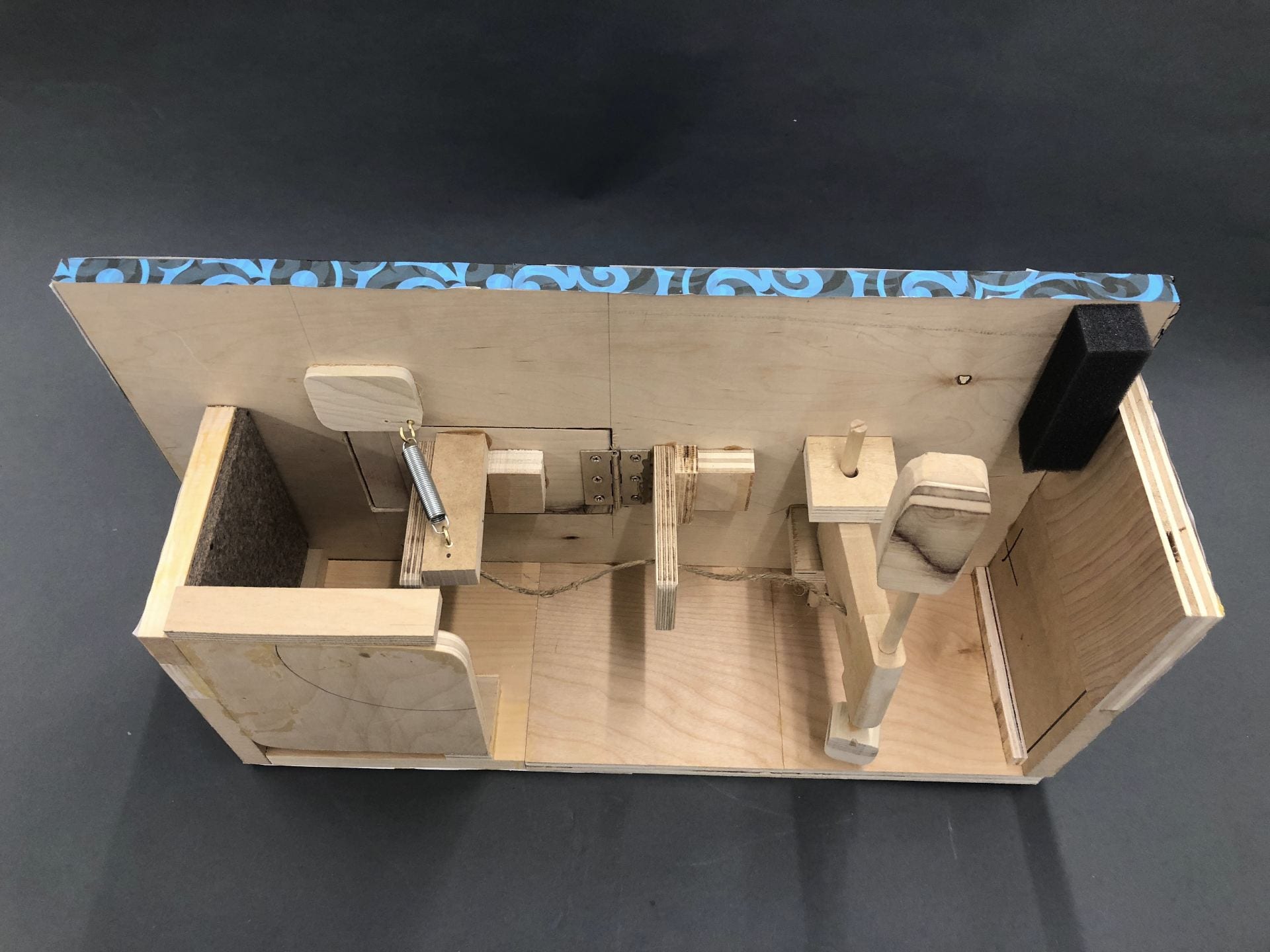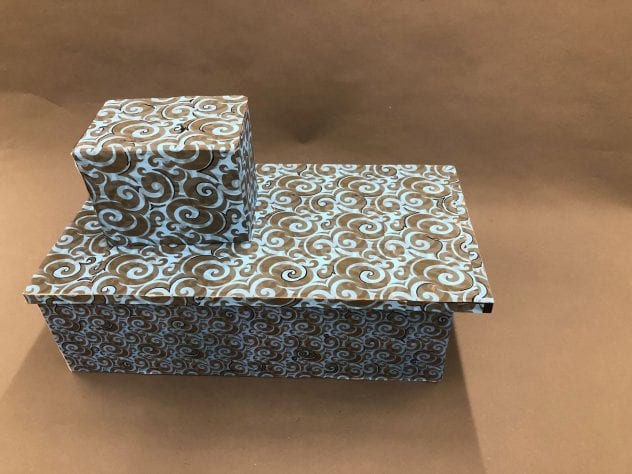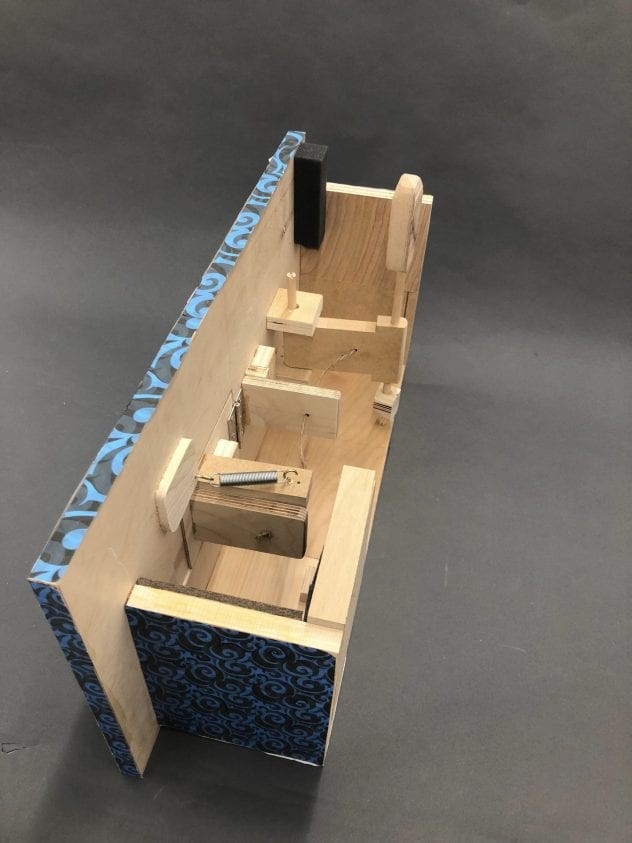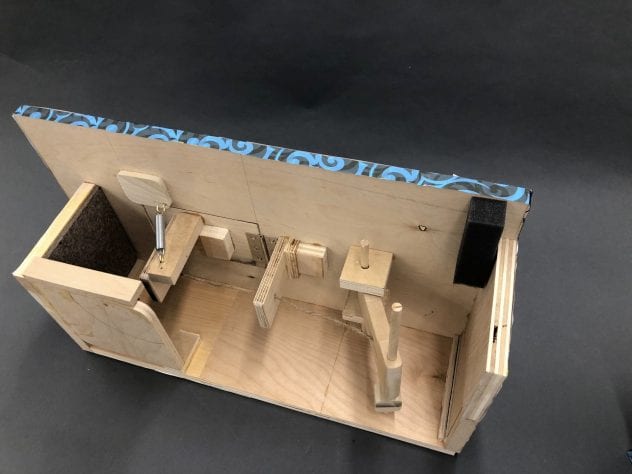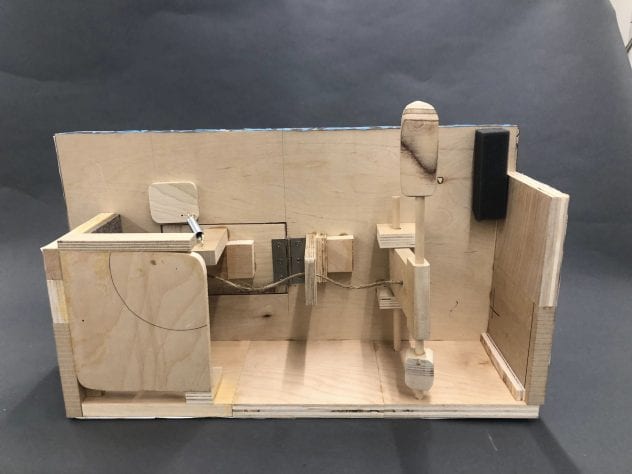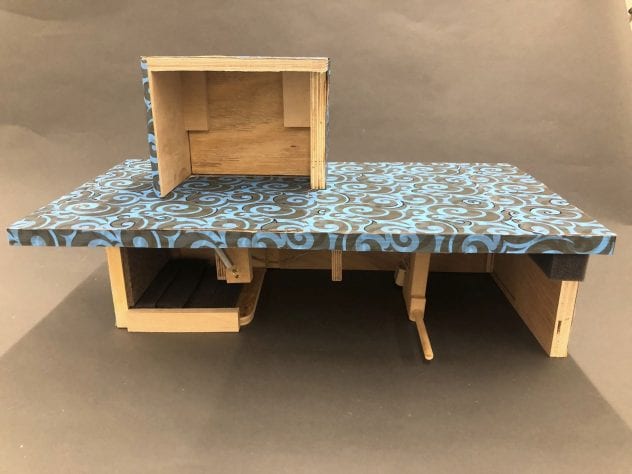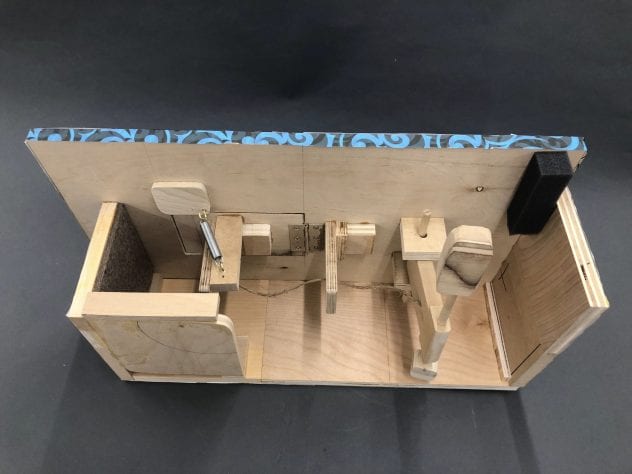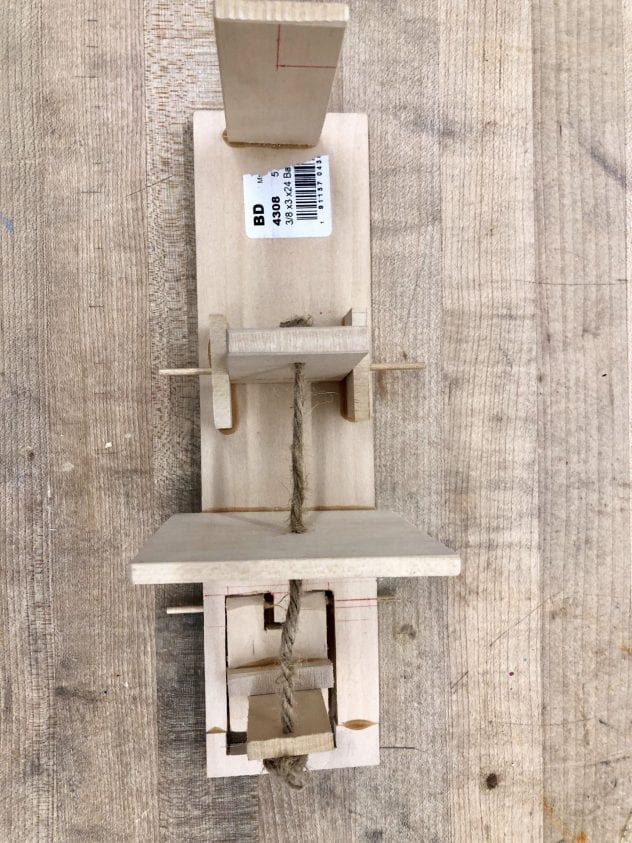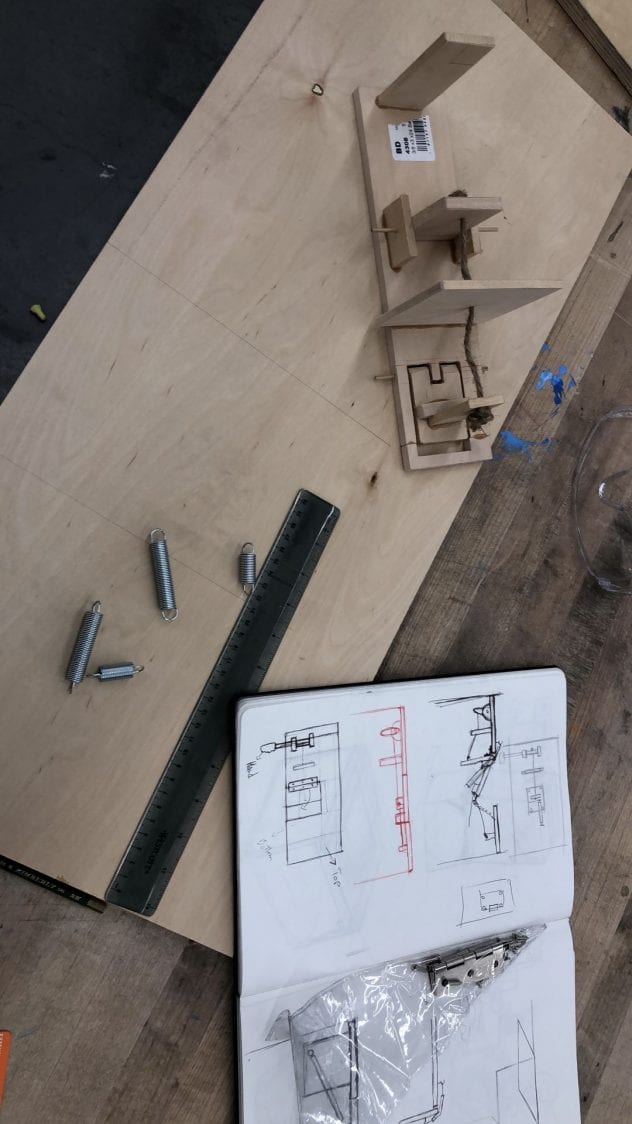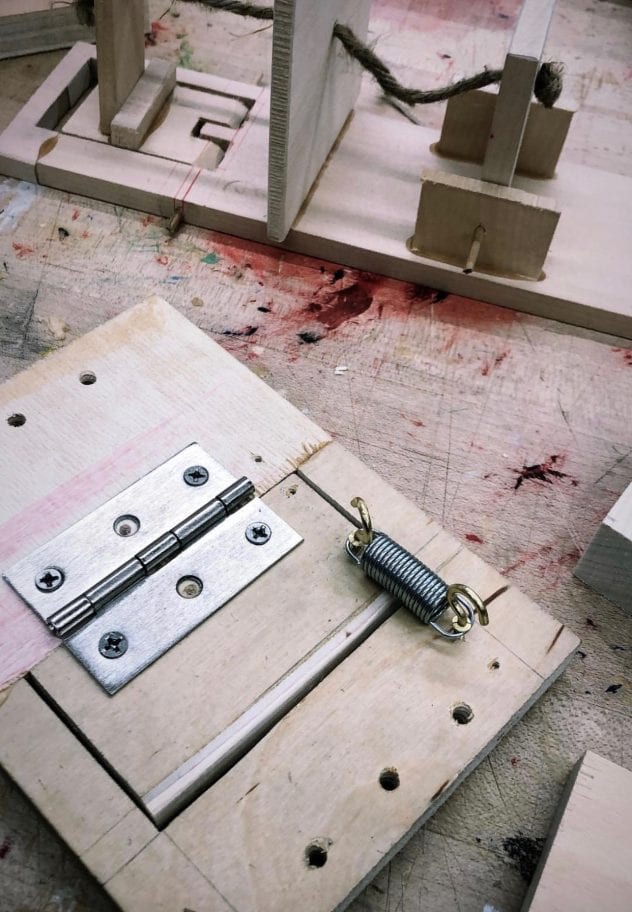MaGicaL VacUuM !!!
How tricky is a magician ?
Not as tricky as you may believe…
Making objects disappear is at the core of the magician’s most desired skill. How stimulating is it to see the very objects you physically carry disappear in what they describe as abstract ? Very stimulating, some can even make objects as big as a car vanish. The concept used to materialize this trick is to create a certain hidden opening and that could be a curtain, a window and in my case a seemingless door placed on the surface made for the trick. Designed on the magical vacuum is a door that opens downwards as one pulls the trigger which allows the opening by your hand resisting the spring. The object then falls into what the trickster calls the unknown!
Why make this function and form ???
From the very beginning of the project I knew I wanted to make a tool that intrigues people, a tool that could be related to the hand concept but at the same time remain increasingly stimulating and intriguing . With that in mind I decided to pursue the magical vacuum to make the most ubiquitous skill a magician can think of, possible. I may have been sure about what I wanted to do but it was never the same when it came about how I was going to do it. The form this project was going to take in the first place kept changing with the making of several prototypes. Initially I imagined the opening as a sliding door but learned through the making that an opening with a hinge is better. The sliding mechanism involved friction which diminishes the efficiency of the tool. From that experience came about a frictionless opening by the rotation made from a hinge.
Why such scale ???
The very logic used for a trick that enables objects to disappear, is to have a certain camouflage technique for the magical vanishing not be noticed. Having a medium range of sizes for the type of objects I could make disappear, I’d have to make a large deck for the opening to remain seemingless enough to the viewers. Another factor for the scale of the opening was the size of the hinge that would allow the opening in question, the hinge had to be the fitting size for the door to fall down symmetrically and smoothly.
Which materials and why those ones ??
The materials around which this project gravitates are wood, metal (springs, hinge and hooks), rope, felt and foam. The main material for the project was wood for the sake of the stability of the whole project, however to cover the sound-conducting wood I made use of the felt and foam so the participants wouldn’t suspect where their objects went. Furthermore, the use of metals for the hinge and the hook remained a great way to screw everything properly together and allow flat surfaces for safety and manufacturing.
How did I come up with that finish??
I decided to cover the whole deck with a pattern I derived from Adobe Illustrator. The circular shapes forming endless curves created a pattern that erased the rectangular opening. Moreover, I drew out the pattern incompletely around it’s shapes so that the viewers eyes would unconsciously try to complete them and as they did they would remain distracted from the main source of exit. Finding out about this strategy I made use of it all around the platform and even on the cover which was made to hide the whole process.
Magical Vacuum
John Jerard
December.16.2018
Vince Mutesa
